Many people first invest in a coffee machine when starting their home coffee journey. But the truth is:
👉 I'd rather have a good grinder and a mediocre coffee machine than the other way around.
Why? Because quality coffee preparation starts with the grinding, not the coffee machine.

- The first specialized coffee grinder is said to have appeared in England at the end of the 17th century.
- In 1798, American Thomas Bruff Sr. patented a wall-mounted grinder that attached to the kitchen wall – it was practical and affordable.
- In the early 19th century, manual metal grinders, as we know them today, became widespread – often in wooden boxes, with a handle on top and a drawer for ground coffee below.

⚙️ How does a coffee grinder work?
Inside the grinder are the grinding elements – knives or millstones (burr system).
🔸 Blades cut the grains - often unevenly.
🔸 Millstones crush grains - precisely and consistently.
💡 The biggest difference between a bad and a good grinder is the ability to fine-tune the grind. More settings = more control = better coffee.

🌬️ Why is freshly ground coffee worth its weight in gold?
Coffee contains more than 800 aromatic compounds, which quickly disappear after grinding.
☝️ One-minute rule: within one minute of grinding, coffee can lose up to 60% of its aroma and flavor.
👉 If you use pre-ground coffee, you are only drinking a pale version of what it could be.
That's why fresh grinding at home is one of the most important steps to better coffee – every time.

- Pour-over, French press, Aeropauses.
- Precise and controlled coarse grinding.
- Travel, quiet and affordable.
- Espresso preparation where fine, precise and constant grinding is required.
- Greater quantity and speed.
- Daily use at home or in the office.


